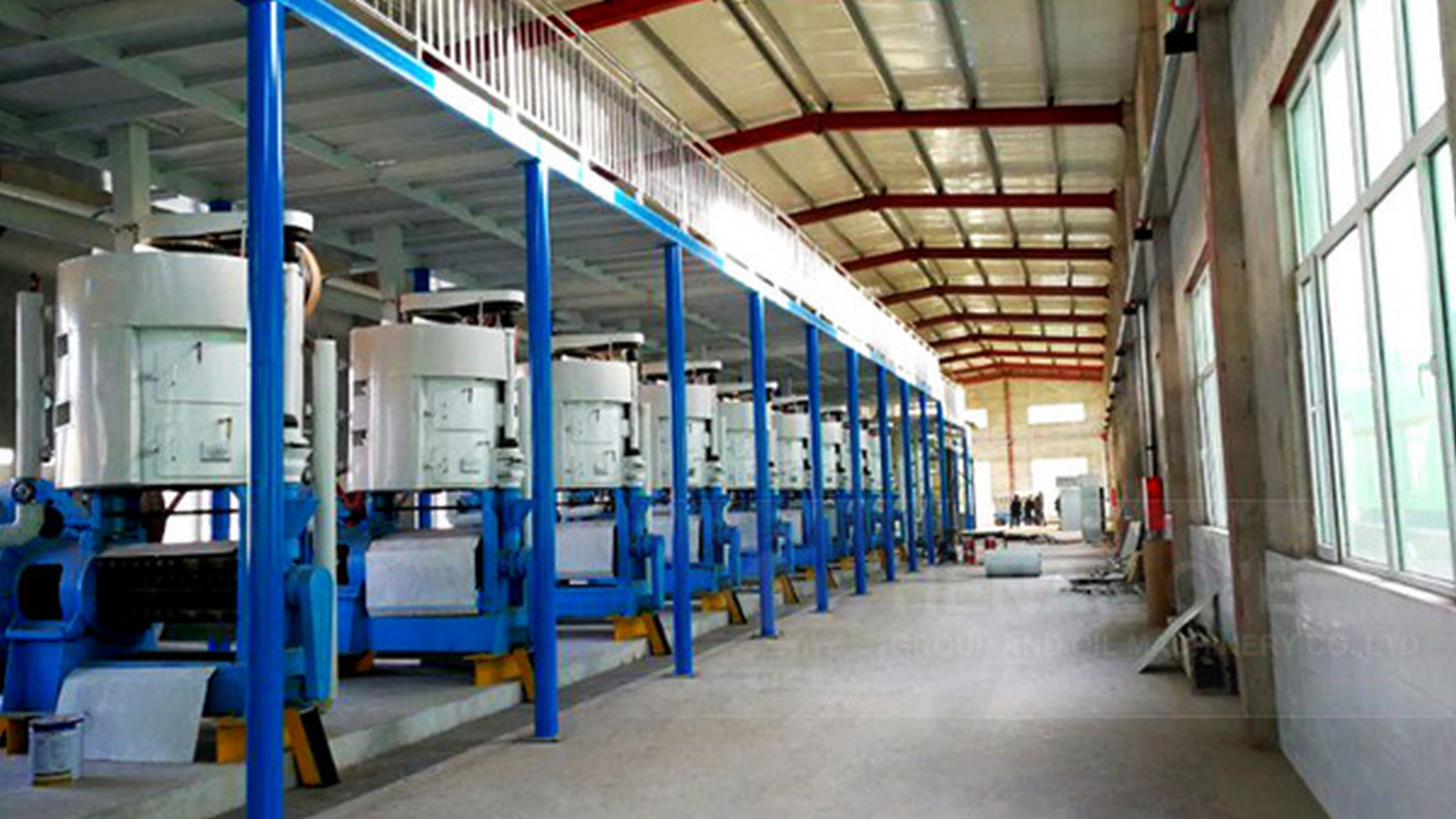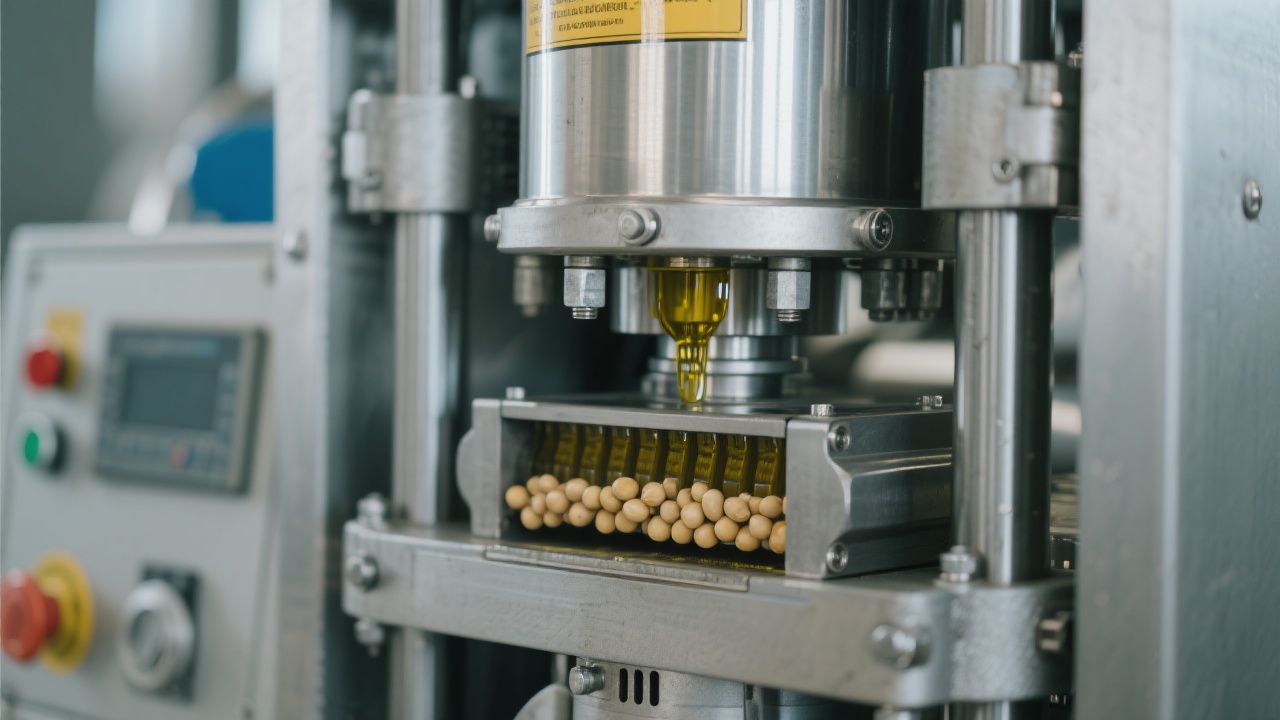
Selecting the right soybean oil extraction equipment is a critical decision for businesses aiming to optimize production efficiency and ensure high - quality oil output. This guide will delve into the two main types of soybean oil presses on the market - screw oil presses and hydraulic oil presses, helping you make an informed choice based on your production volume and oil quality requirements.
Before we compare the two types of presses, it's essential to understand their working mechanisms.
Screw oil presses operate by using a rotating screw to crush and squeeze soybeans. As the screw turns, it gradually reduces the volume inside the pressing chamber, forcing the oil out of the soybeans. This continuous process allows for high - volume production. On average, a medium - sized screw oil press can process around 5 - 10 tons of soybeans per day.

Hydraulic oil presses, on the other hand, use hydraulic pressure to press the soybeans. The soybeans are placed in a chamber, and a hydraulic ram applies pressure to extract the oil. This method is more suitable for small - to medium - scale production, with an average daily capacity of 1 - 3 tons of soybeans.

Let's compare the two types of presses based on several key factors:
| Factor | Screw Oil Press | Hydraulic Oil Press |
|---|---|---|
| Production Efficiency | High - volume continuous production, suitable for large - scale operations. | Lower production volume, more suitable for small - to medium - scale production. |
| Oil Quality | The oil may contain more impurities due to the high - speed pressing process, but modern models with integrated filtration can improve purity. | Produces high - quality, pure oil with less impurities, ideal for high - end oil products. |
| Operation Difficulty | Relatively easy to operate, with automated controls in most modern models. | Requires more manual intervention, especially in the loading and unloading process. |
| Maintenance Cost | Higher due to the complex mechanical components, but long - term durability can offset some costs. | Lower, as the hydraulic system has fewer moving parts. |
One of the latest trends in soybean oil extraction equipment is the integration of filtration technology. This technology can significantly improve the purity of the extracted oil, reducing the need for additional filtration steps. For example, some screw oil presses now come with built - in filters that can remove up to 95% of impurities in the oil.

To illustrate the practical application of these presses, let's look at a few case studies:
Case 1: Large - scale Soybean Oil Producer
A large - scale soybean oil producer in the United States was facing challenges with low production efficiency and inconsistent oil quality. After switching to a high - capacity screw oil press with integrated filtration technology, the company was able to increase its daily production by 30% and improve the oil purity to meet international standards.
Case 2: Small - scale Artisanal Oil Maker
A small - scale artisanal oil maker in Italy was looking for a way to produce high - quality, pure soybean oil for its premium product line. By investing in a hydraulic oil press, the company was able to achieve the desired oil quality and gain a competitive edge in the market.
To help you make a decision, here's a self - assessment checklist:
Making the right choice for your soybean oil extraction equipment is crucial for your business's success. Whether you're a large - scale producer or a small - scale artisanal oil maker, understanding the differences between screw oil presses and hydraulic oil presses can help you optimize your production process and ensure high - quality oil output. Don't miss out on the opportunity to enhance your production efficiency and gain a competitive edge in the market. Explore our range of soybean oil extraction equipment today!

